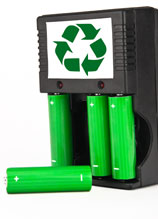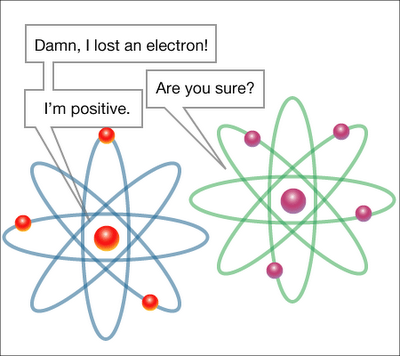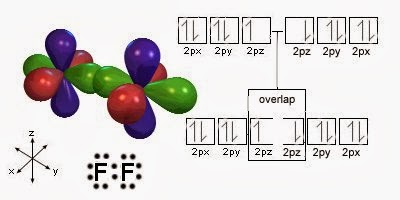Why do we smell when we sweat?

Why do we smell when we sweat? Sweating can be quite annoying especially since it tends to leave a big wet patch either on your back or under your arms. It makes it especially worse when your sweat tends to smell really foul. Although the bad news is that there is no way to prevent it, the good news is that you can at least tackle it. Why do we sweat? Sweating or perspiration is our body's natural way of cooling us down. We may feel the heat more when we sweat but the truth is that the body is cooling itself by releasing all the built in heat. Our body needs to maintain a normal temperature of 98.6 Fahrenheit failing which we are likely to suffer a heart stroke. Sweat is released through small holes known as pores in our skin. When sweat comes in contact with the atmosphere, it evaporates leaving a cool feeling behind. Sweat is almost made of water with small amounts of chemicals like ammonia, urea, sugar and body salts like sodium . Our body has approxima









